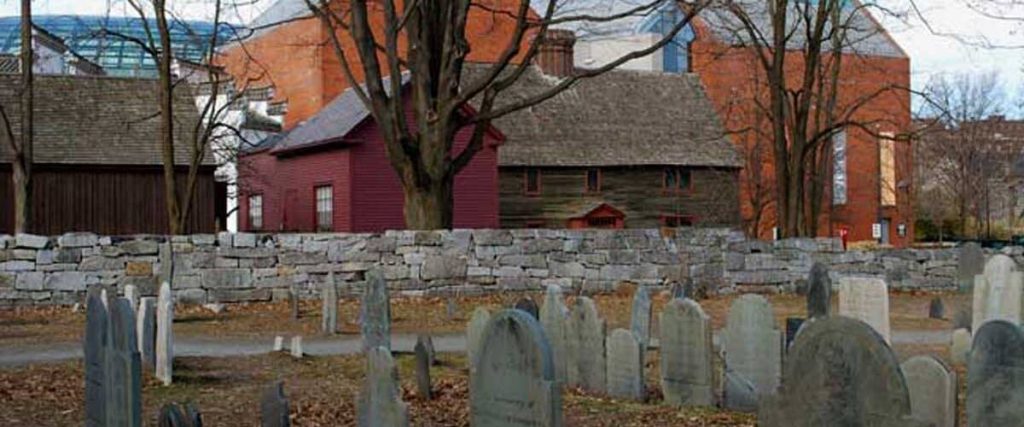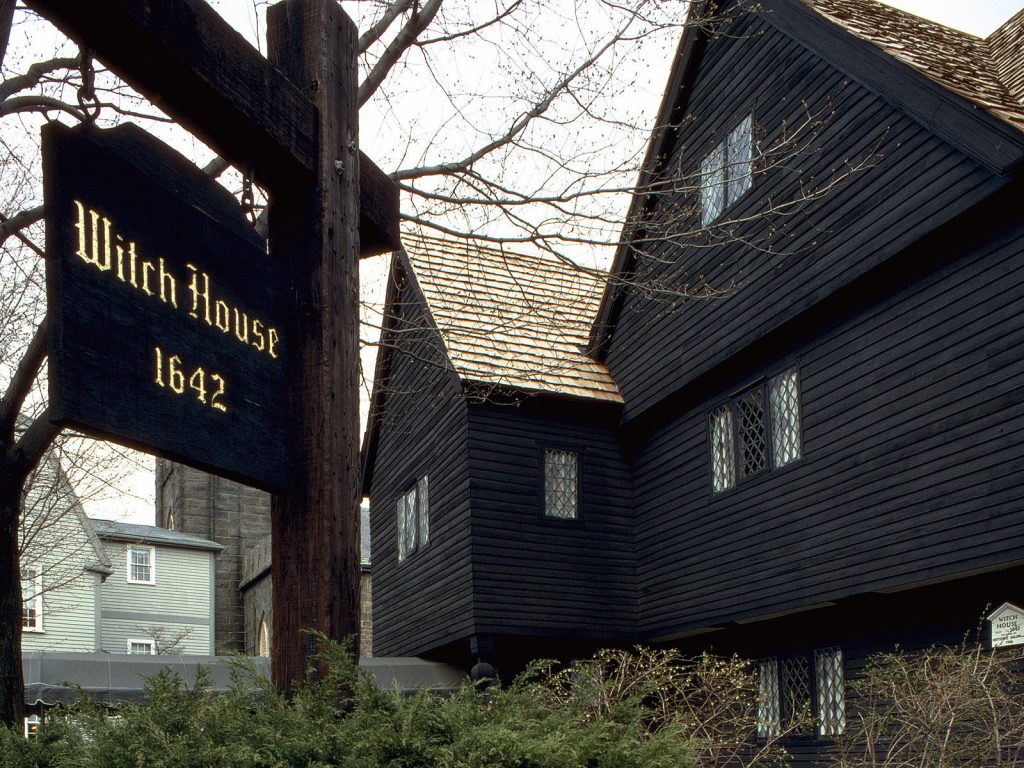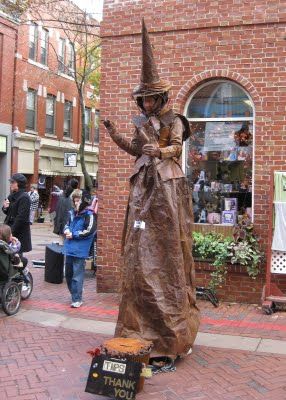The Salem Problem: Exploitation of Tragedy
Julia Brukx // Blog Assistant
The city of Salem, Massachusetts, site of the infamous seventeenth-century witch trials and bustling October tourist attraction, announced recently that they would be shutting down for the two weeks before Halloween—traditionally their biggest weekends of the year, often bringing in 50,000 to 60,000 visitors. After advisories to stay away were ignored, the city cracked down: guest parking will be restricted, the MBTA will bypass the Salem station on weekends, and businesses will be advised to shut down by 8 p.m. Salem mayor Kim Driscoll implored those still planning to visit the witchy city, “This is not the year to come to Salem. This is not the year to visit.”

Salem became the ultimate Halloween destination due to a tragedy that occurred in 1692, when hysteria over the fear of supernatural forces struck the town; friends and neighbors turned on one another, accusing each other of witchcraft. By the time the dust had settled, 25 people had been killed: 19 hanged, 5 died in prison, and 1 crushed to death. Since then, the haunting story of a seemingly perfect community that was so willing to destroy itself when given the chance has served as a seed from which countless stories grew—and in that way, it became about everything except the tragedy itself.
The very real story of the Salem Witch Trials of 1692 has been twisted and exploited for every dollar that can be gained from it. It has been endlessly taken advantage of to make a quick point; I’m sure the phrase “this is a witch hunt” will ring a few bells. Even the play that re-popularized the story, Arthur Miller’s The Crucible, was written in response to the accusations of communism that plagued Hollywood and beyond during the McCarthyism era of the 1950s. As Miller explained in a 1996 article, Why I Wrote the Crucible, “The more I read into the Salem panic, the more it touched off corresponding images of common experiences in the fifties: the old friend of a blacklisted person crossing the street to avoid being seen talking to him; the overnight conversions of former leftists into born-again patriots; and so on.”
Stroll the streets of Salem and you’ll see store after quaint store offering everything a witch could need: crystals, candles, and spell books galore. It won’t be hard to find a psychic, or someone willing to read your Tarot cards. Pumpkins and cobwebs line the cobblestone streets. Haunted houses lure in the casual passerby, and everything about the city seems perennially anticipating October. Even the police cars are adorned with little witch icons.

Never mind that none of those accused or executed were actual witches. Never mind that the pointy witch hat didn’t appear until the 1700s. But of course, a cute pin adorned with a little witch cartoon riding a broom with the recognizable hat atop her head doesn’t care about that. To quote Miller, “gradually, all the old political and moral reality had melted like a Dali watch.”
The story of the witch trials was one of taking advantage. Teenage girls took advantage of the suspicions bubbling underneath a seemingly perfect façade. Citizens took advantage of this hysteria to get rid of those they didn’t like. Arthur Miller took advantage of this story to make a point in response to being called a communist. Businesses took advantage in order to curate niche stores. The city of Salem took advantage in order to become a yearly tourist destination.

And though no one could’ve predicted the pandemic, the exploitation that Salem has decided to base their identity on can be blamed in part for the shutdown. They have capitalized so thoroughly on their history that they have all but forgotten the warnings it provides. “Fear doesn’t travel well; just as it can warp judgment, its absence can diminish memory’s truth” (Miller). In directing its entire public image to surround the Halloween vision of witches, tourism is effectively limited to a single month; Salem therefore stifled its own economy, thrusting upon themselves an impossible choice between safety and enough business to carry them through the year. When we’re still facing a deadly disease that flourishes when large crowds come together, a town made up of tiny witch boutiques and dark, enclosed haunted houses could never have been safe, even without any threat of a witch on a broom.
